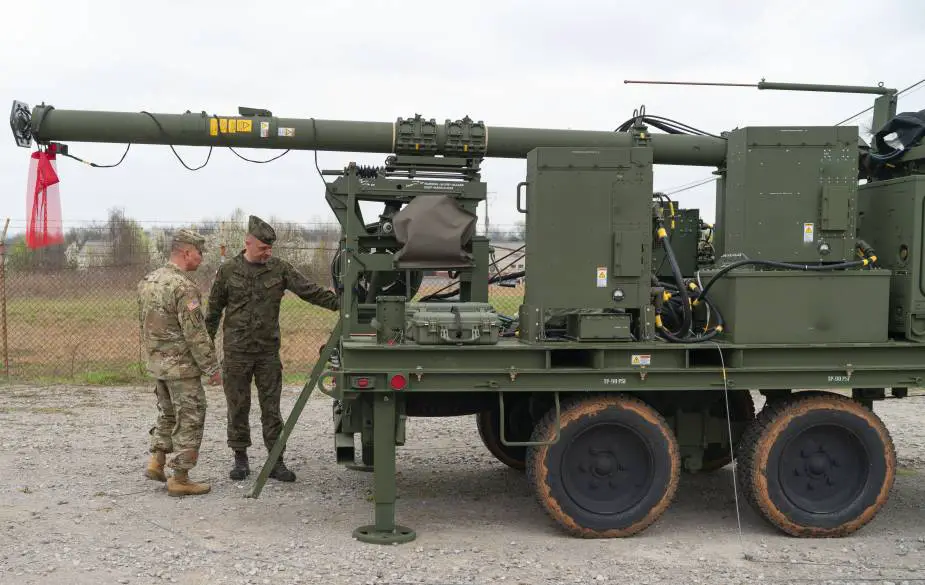Breaking news
Northrop Grumman delivers Transformative Integrated Battle Command System for Polish air defense program Wisla.
Northrop Grumman has delivered key Integrated Battle Command System (IBCS) components for Poland’s WISŁA medium-range air defense program. With this delivery, IBCS moves closer to being fully fielded as part of Poland’s advanced air and missile defense program.
Follow Army Recognition on Google News at this link

IBCS implements a modular, open and scalable architecture foundational to integrating available assets in the battlespace, regardless of source, service or domain onto a common fire control network (Picture source: Northrop Grumman)
The recent delivery of the IBCS Integrated Fire Control Network (IFCN) relays supports the WISŁA program’s fielding schedule, which is the first foreign military sale of IBCS. Reaching this milestone provides a critical capability to a key U.S. ally and achieves NATO interoperability goals.
“Northrop Grumman is transforming decision-making for the U.S. and its allies by integrating sensors and weapons for air and missile defense,” said Rebecca Torzone, vice president and general manager of Combat Systems and Mission Readiness, Northrop Grumman. “IBCS provides Polish air defenders with the ability to make faster, better-informed decisions to deter, disrupt and defeat threats across all domains.”
In parallel to the IFCN relay deliveries, Northrop Grumman is conducting a series of integration and test scenarios with the Engagement Operation Centers (EOCs) previously delivered in July 2022, and the relays. These tests and the associated training are important steps toward Poland taking full delivery of their first systems and achieving Basic Operational Capability later in 2023.
IBCS implements a modular, open and scalable architecture foundational to integrating available assets in the battlespace, regardless of source, service or domain onto a common fire control network. Its architecture enables the efficient and affordable integration of current and future systems and extends the battlespace by disaggregating sensors and effectors. By enabling this high level of network integration, the warfighter is given unprecedented time to make accurate decisions. Through numerous successful development and operational tests and demonstrations, IBCS has proven its capability to connect and fuse multi-service sensor data to multi-service weapons, demonstrating Joint All Domain Command and Control (JADC2) capabilities.
Defense News May 2023


























